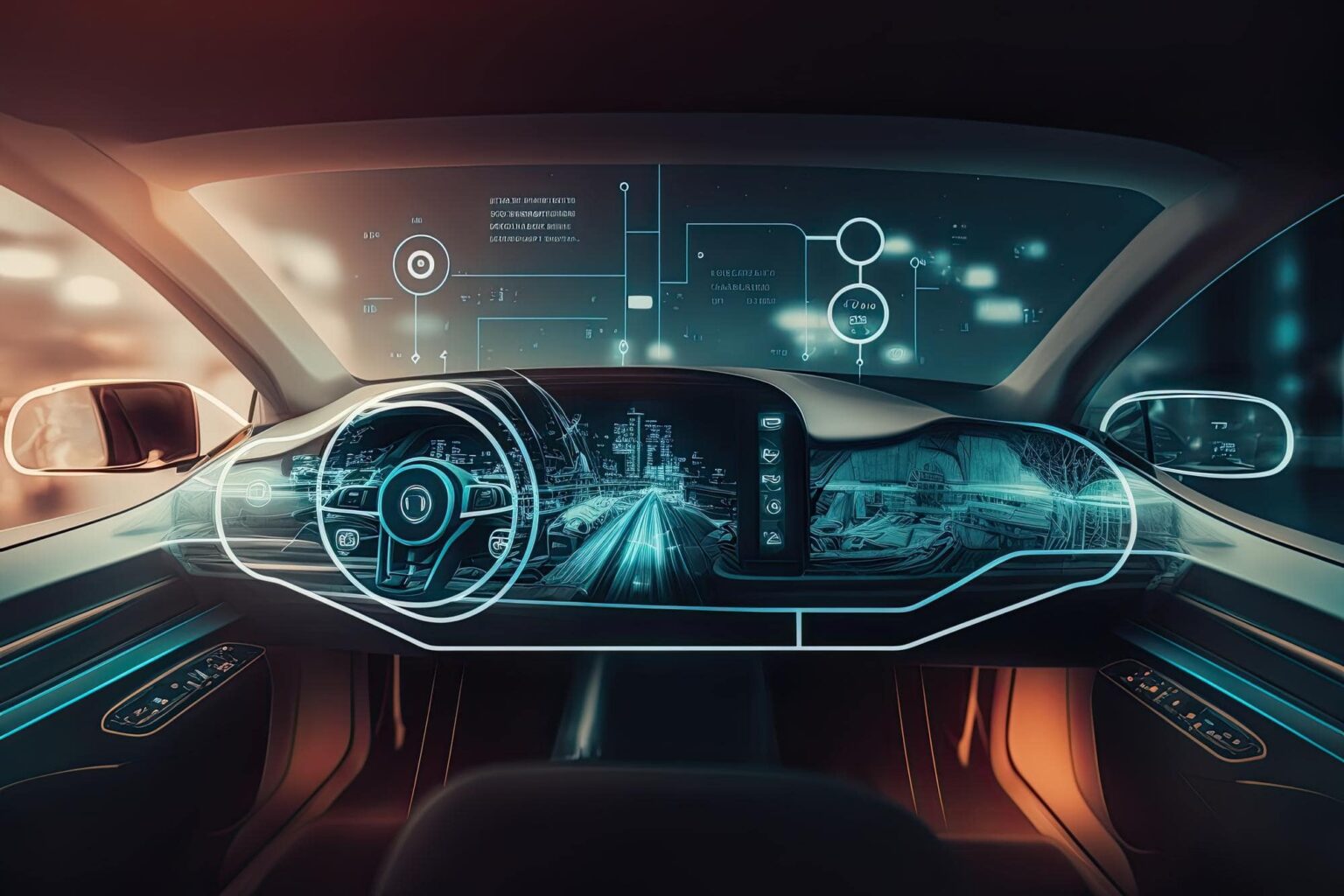Advanced Driver-Assistance Systems (ADAS) 2.0 represents a significant evolution in automotive safety technology, aiming to enhance existing safety features and move closer to full autonomy. Here’s how ADAS 2.0 is enhancing safety features and autonomy:
- Improved Sensor Technology: ADAS 2.0 systems incorporate advanced sensor technologies, including cameras, radar, LiDAR, and ultrasonic sensors, to provide comprehensive perception of the vehicle’s surroundings. Higher-resolution sensors with increased range and accuracy enable more precise detection of objects, pedestrians, and other vehicles in various driving conditions, enhancing the effectiveness of safety features such as collision avoidance and pedestrian detection.
- Enhanced Object Recognition and Tracking: ADAS 2.0 systems leverage artificial intelligence (AI) and machine learning algorithms to improve object recognition and tracking capabilities. These algorithms analyze sensor data in real-time to identify potential hazards, predict object trajectories, and take proactive measures to avoid collisions. By continuously learning from data and experience, ADAS 2.0 systems can adapt to changing road conditions and improve their performance over time.
- Predictive and Proactive Safety Features: ADAS 2.0 introduces predictive and proactive safety features that anticipate potential risks and take preventive action to avoid accidents. For example, predictive emergency braking systems can detect potential collision scenarios ahead and apply brakes preemptively to mitigate the severity of a collision. Similarly, proactive lane-keeping assistance systems can anticipate lane departures and provide corrective steering inputs to keep the vehicle safely within its lane.
- Cooperative and Cooperative Adaptive Cruise Control (CACC): ADAS 2.0 systems enable cooperative and cooperative adaptive cruise control (CACC) functionalities, allowing vehicles to communicate and collaborate with each other to optimize traffic flow and safety. Cooperative systems enable vehicles to exchange information about speed, position, and intentions, enabling smoother merging, lane changes, and traffic merging maneuvers. CACC systems further enhance cooperative driving by maintaining safe following distances and synchronized speeds between vehicles in platoons, reducing congestion and improving fuel efficiency on highways.
- Intersection Assistance and Traffic Signal Recognition: ADAS 2.0 includes intersection assistance and traffic signal recognition features that improve safety at intersections and traffic junctions. Intersection assistance systems use sensor data and vehicle-to-infrastructure (V2I) communication to detect approaching vehicles, pedestrians, and cyclists at intersections, providing warnings and interventions to prevent collisions. Traffic signal recognition systems identify and interpret traffic signals, stop signs, and road signs, informing drivers of upcoming intersections and signaling changes.
- Highway Pilot and Autonomous Highway Driving: ADAS 2.0 introduces advanced highway pilot and autonomous highway driving capabilities, allowing vehicles to navigate highways and expressways with minimal human intervention. These systems combine adaptive cruise control, lane-keeping assistance, and automated lane-changing functionalities to provide hands-free driving experiences on well-defined highways. Advanced sensor fusion and AI algorithms enable vehicles to handle complex highway scenarios, including merging, lane splitting, and navigating construction zones, with a high level of reliability and safety.
- Driver Monitoring and Intervention: ADAS 2.0 includes driver monitoring and intervention systems that assess driver attention and engagement levels and provide alerts or interventions when necessary. These systems use facial recognition, eye-tracking, and steering wheel sensors to detect signs of drowsiness, distraction, or impairment, prompting drivers to take corrective action or re-engage with the driving task. In the event of driver non-responsiveness, ADAS 2.0 systems can initiate emergency braking, lane-keeping maneuvers, or emergency calls to ensure the safety of the vehicle and its occupants.
Overall, ADAS 2.0 represents a significant step forward in automotive safety technology, offering enhanced safety features and autonomy capabilities to improve road safety, reduce accidents, and enable more comfortable and efficient driving experiences. As these advanced systems continue to evolve and mature, they will play an increasingly important role in shaping the future of transportation towards safer and more autonomous mobility.



